Lenovo Legion Go S: Performance Unveiled
Handheld gaming PCs have surged in popularity in recent years, largely thanks to the influence of the Steam Deck. Lenovo's latest entry, the Lenovo Legion Go S, aims to compete directly with the Steam Deck, differentiating itself from its predecessor, the original Legion Go. The Legion Go S features a unibody design, moving away from the detachable controllers and extraneous buttons of the original. A notable upcoming version of the Legion Go S will run SteamOS, making it the first non-Valve handheld to use this Linux-based operating system, though the model reviewed here operates on Windows 11. At a price point of $729, the Legion Go S faces stiff competition among similarly priced Windows 11 handhelds.
Lenovo Legion Go S – Photos
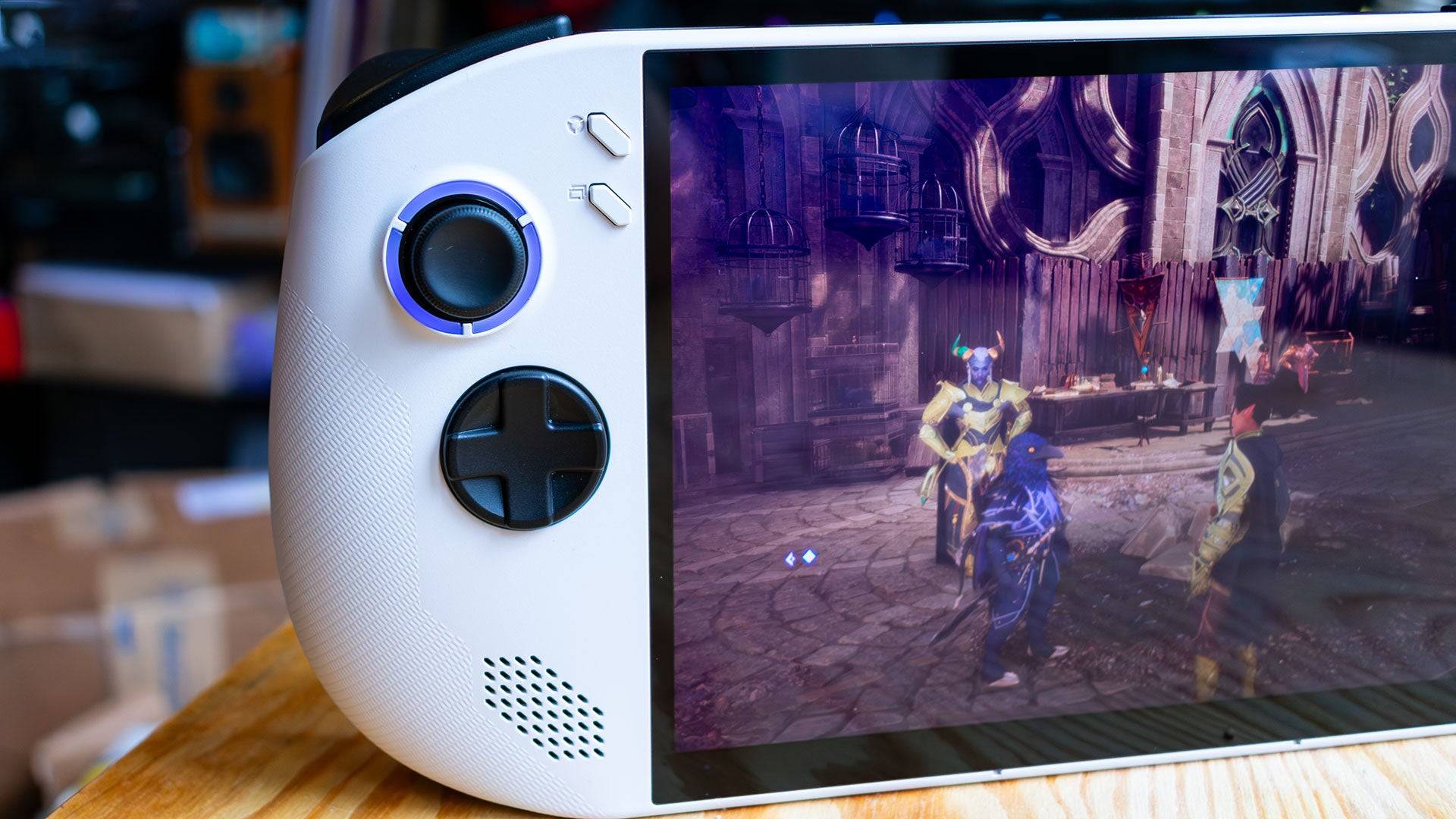
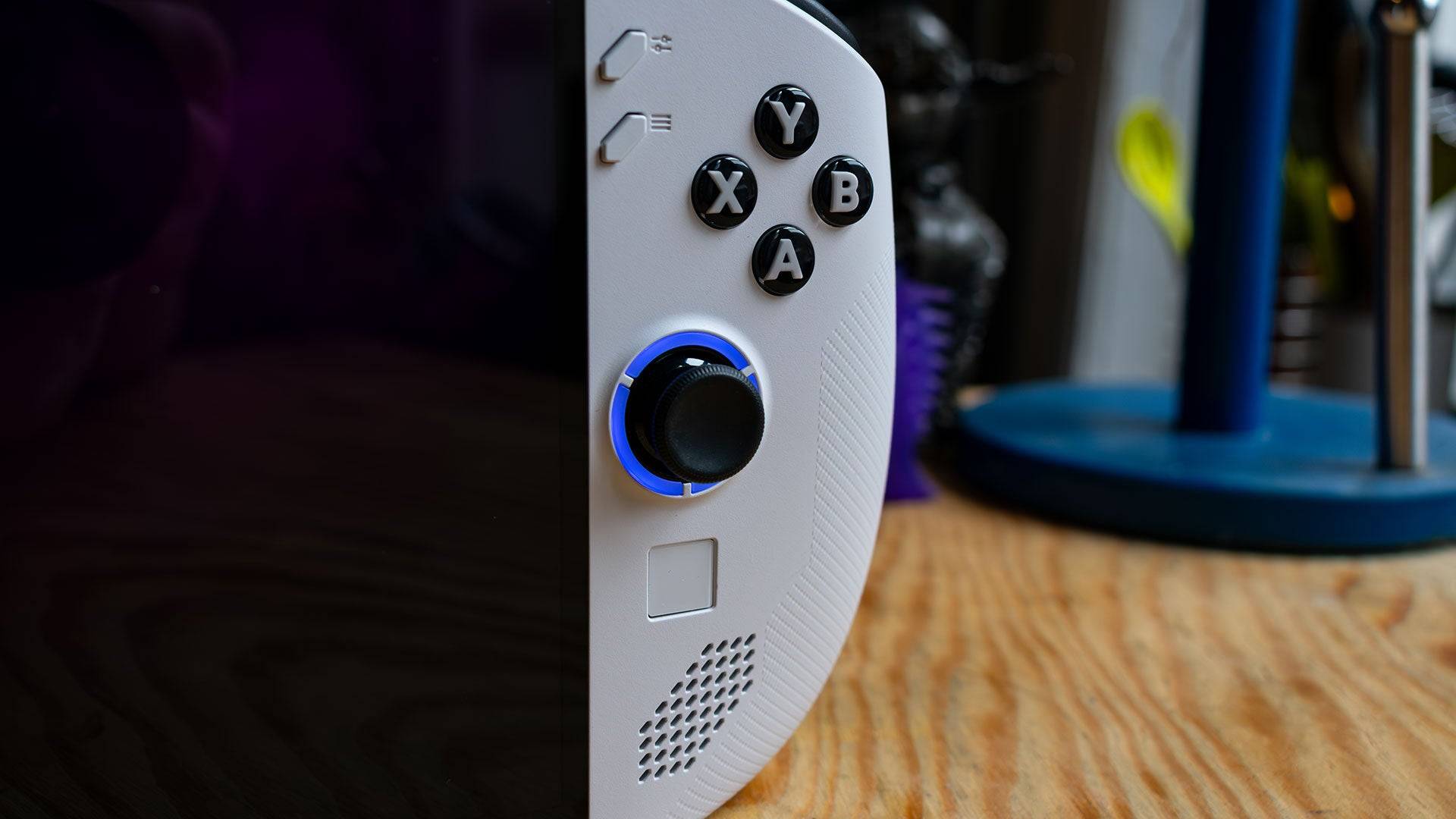 7 Images
7 Images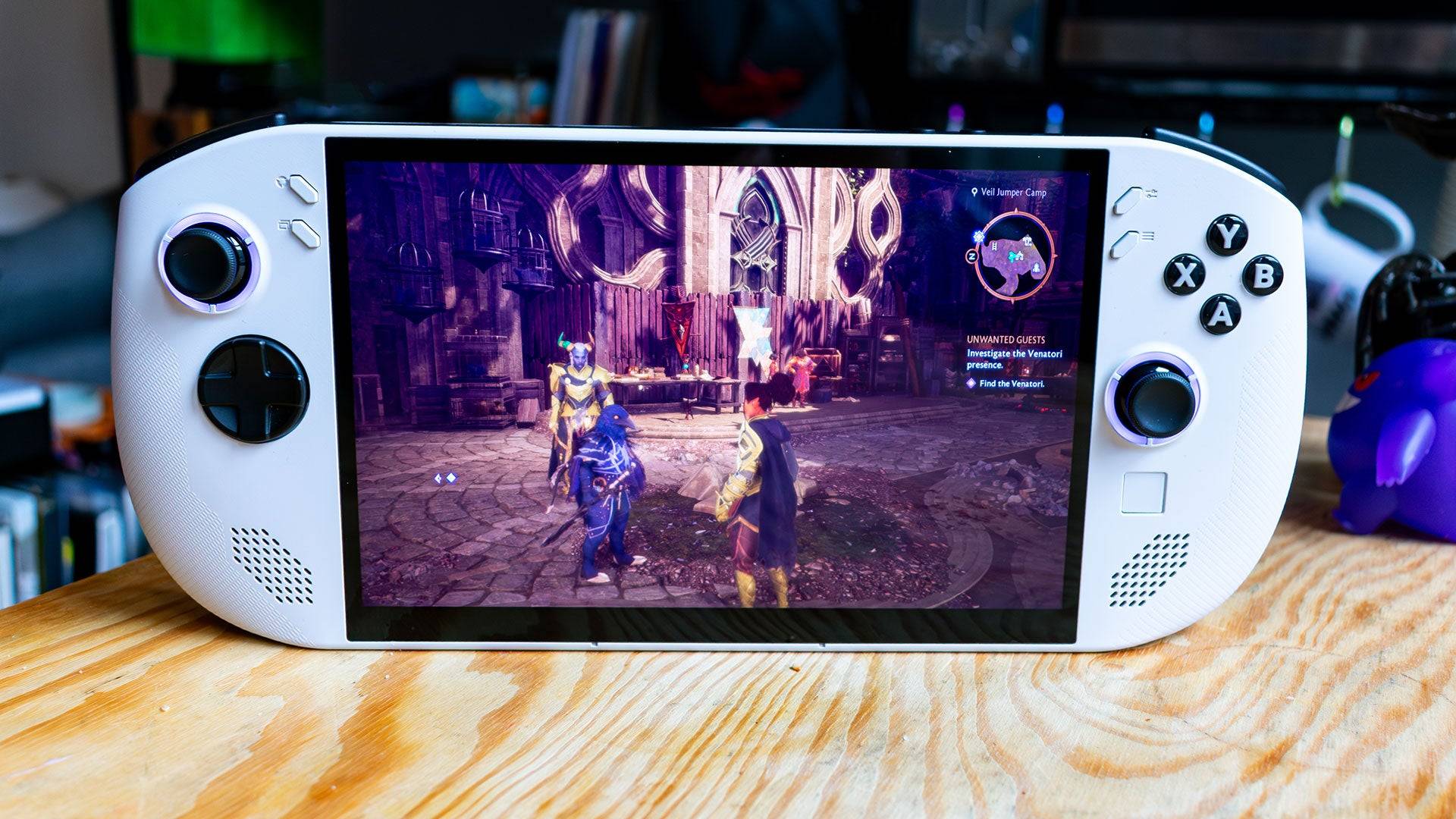
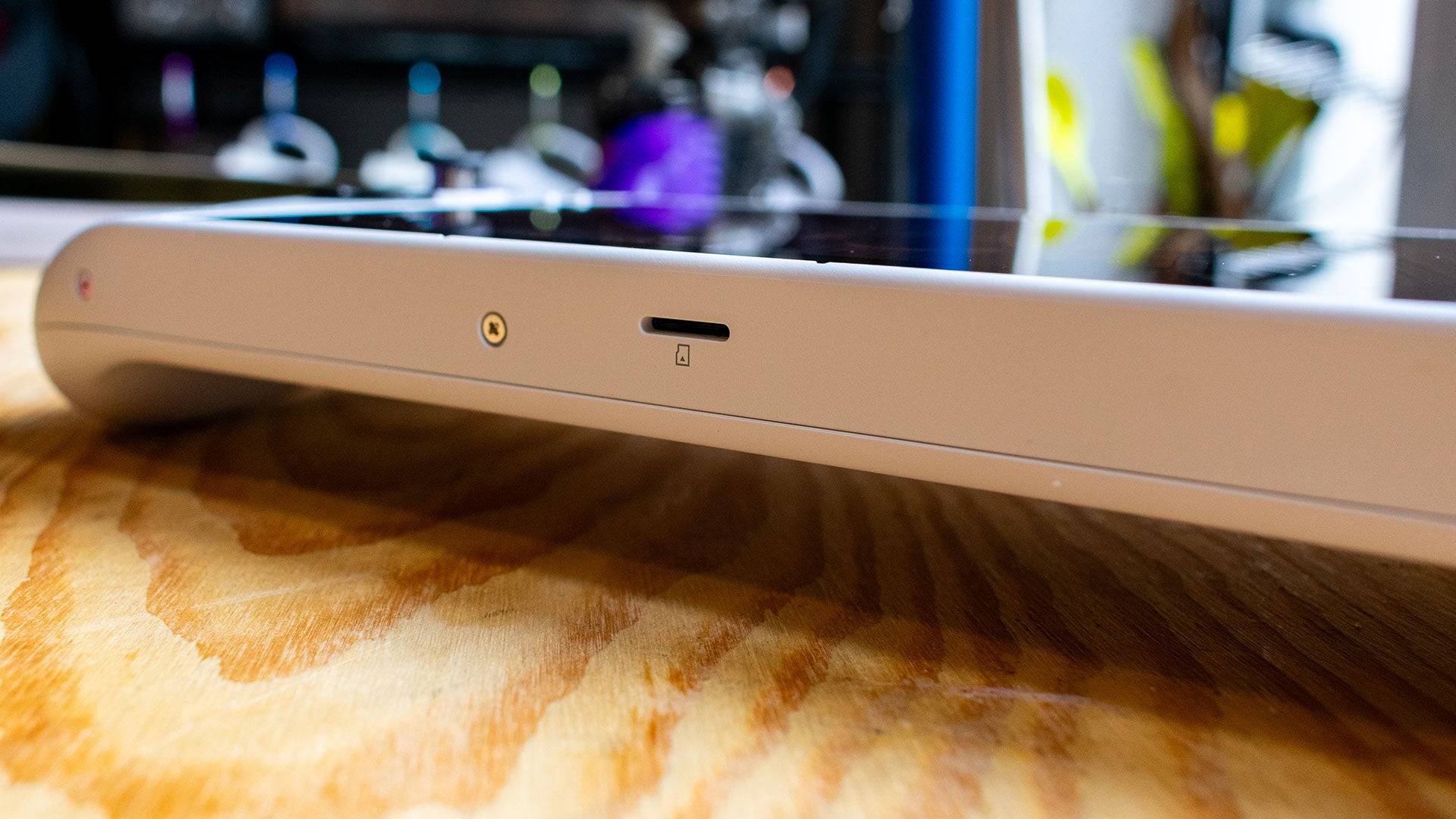
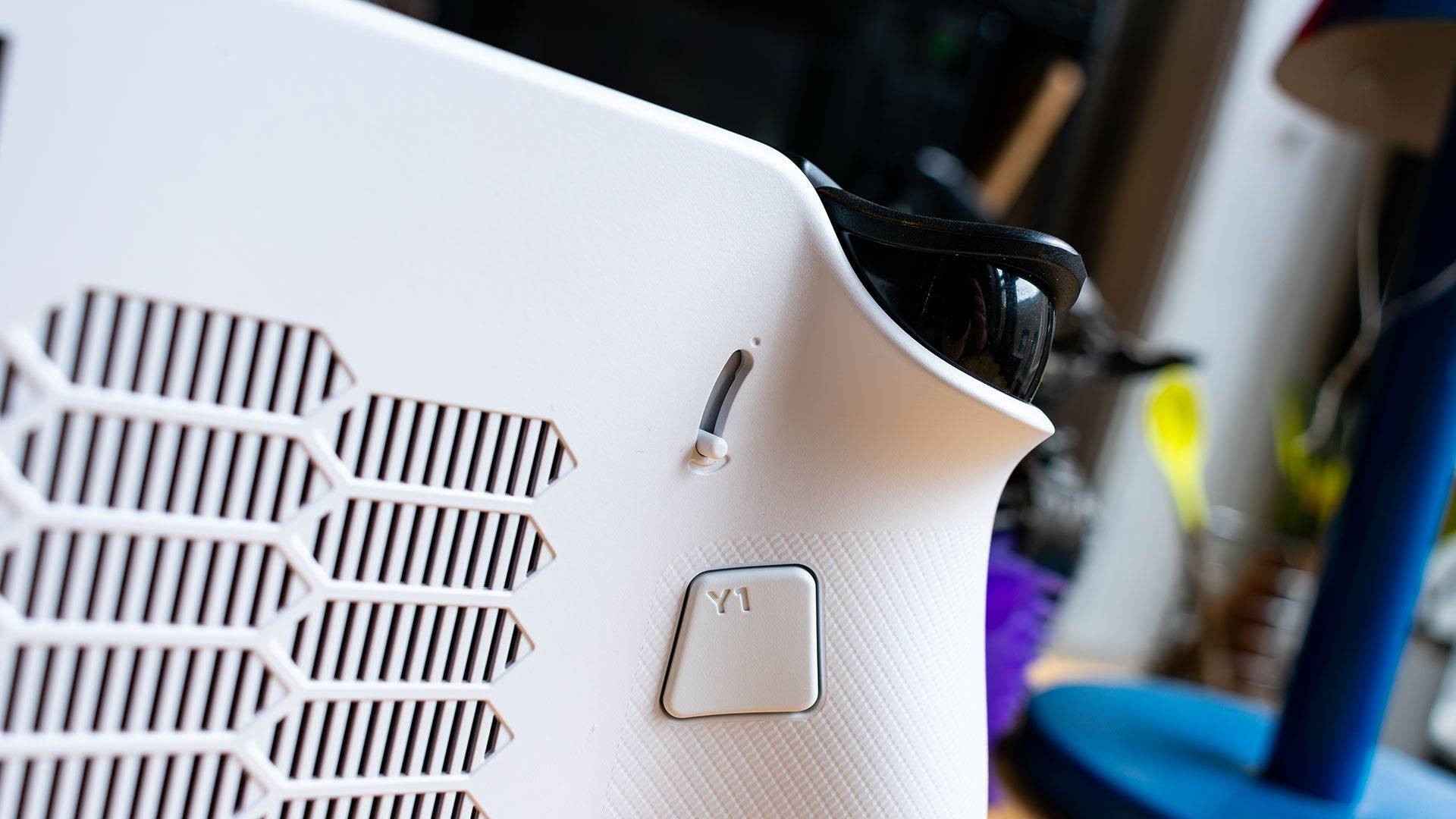
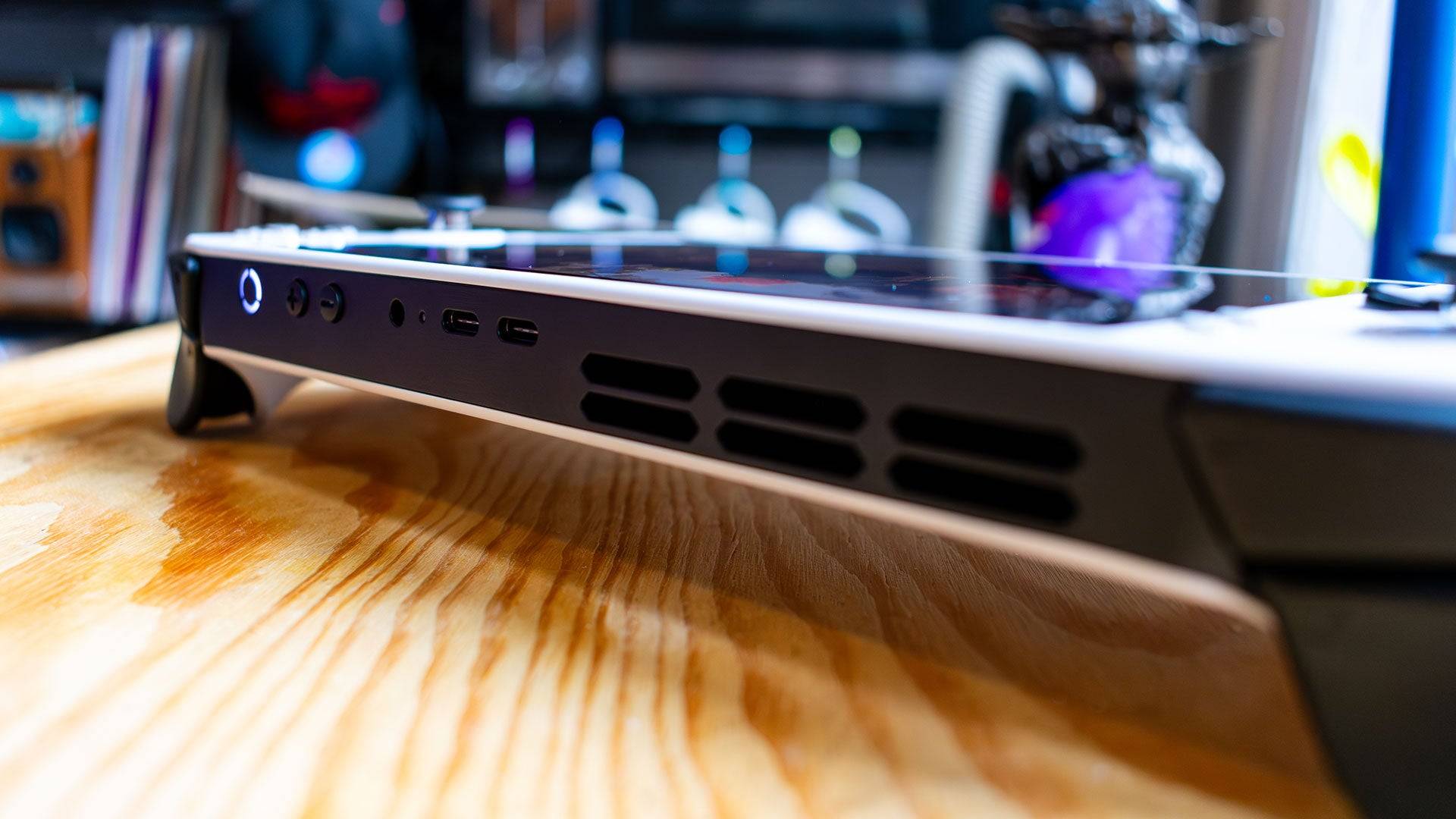 Lenovo Legion Go S – Design
Lenovo Legion Go S – Design
The Lenovo Legion Go S adopts a design more akin to the Asus ROG Ally than its original Legion Go counterpart. Its unibody construction simplifies usability, though the rounded edges of the chassis enhance comfort during extended gaming sessions. Weighing in at 1.61 pounds, the Legion Go S is lighter than the original Legion Go but heavier than the Asus ROG Ally X. This weight is justified by its impressive 8-inch, 1200p IPS display, boasting 500 nits of brightness. This display offers stunning visuals, making games like Dragon Age: The Veilguard and Horizon Forbidden West look phenomenal. Only the Steam Deck OLED surpasses it in quality.
The Legion Go S showcases a sleek design with two color options: Glacier White and Nebula Nocturne, the latter exclusive to the upcoming SteamOS version. Each joystick features an RGB lighting ring that can be easily customized through the on-screen menu. The layout of buttons is more intuitive compared to the original Legion Go, with standard placement of 'Start' and 'Select' buttons, though Lenovo's proprietary menu buttons may take some getting used to.
The touchpad from the original Legion Go returns, albeit smaller, which can make navigating Windows a bit challenging. The Legion Go S's programmable 'paddle' buttons on the back are clickier and offer more resistance, reducing accidental presses. Trigger travel distance can be adjusted, but only between two settings, lacking the granularity found in controllers like the Xbox Elite.
Connectivity includes two USB 4 ports on the top, though a bottom placement for one would have improved cable management. The bottom also features a centrally located MicroSD card slot, which is awkwardly positioned for docking scenarios.
Purchasing Guide
The reviewed Lenovo Legion Go S, equipped with a Z2 Go APU, 32GB of LPDDR5 RAM, and a 1TB SSD, will be available starting February 14 for $729.99. A more budget-friendly option with 16GB of RAM and a 512GB SSD will launch in May for $599.99.
Lenovo Legion Go S – Performance
The Lenovo Legion Go S is the first to market with the AMD Z2 Go APU, but its performance falls behind competitors like the original Legion Go and Asus ROG Ally X due to its older Zen 3 architecture and RDNA 2 GPU. Despite a larger 55Whr battery, its endurance is slightly less than the original Legion Go, likely due to the less efficient CPU architecture.
Benchmark results in 3DMark show the Legion Go S lagging significantly behind its peers. In gaming, it performs marginally better than the original Legion Go in some titles like Hitman: World of Assassination, but struggles in others like Total War: Warhammer 3 and Cyberpunk 2077. Lowering settings to medium at 800p can provide a smoother experience for most AAA games, though it may falter with the most demanding titles.
The Legion Go S excels with less demanding games like Persona 5, where its vibrant display and stable frame rates shine.
Wait, It’s More Expensive?
Surprisingly, the Lenovo Legion Go S is priced higher than the original Legion Go, despite its weaker APU and lower resolution display. The $729 model boasts 32GB of LPDDR5 RAM and a 1TB SSD, which seems excessive for its performance capabilities. While the additional memory can be configured to enhance performance in the BIOS, this process is cumbersome and not user-friendly.
For those seeking value, the upcoming $599 model with 16GB of RAM and a 512GB SSD represents a more balanced offering. At this price, the Lenovo Legion Go S becomes a compelling option in the handheld gaming PC market.
-
 Jan 27,25Roblox: Bike Obby Codes (January 2025) Bike Obby: Unlock Awesome Rewards with These Roblox Codes! Bike Obby, the Roblox cycling obstacle course, lets you earn in-game currency to upgrade your bike, buy boosters, and customize your ride. Mastering the various tracks requires a top-tier bike, and thankfully, these Bike Obby codes deliver
Jan 27,25Roblox: Bike Obby Codes (January 2025) Bike Obby: Unlock Awesome Rewards with These Roblox Codes! Bike Obby, the Roblox cycling obstacle course, lets you earn in-game currency to upgrade your bike, buy boosters, and customize your ride. Mastering the various tracks requires a top-tier bike, and thankfully, these Bike Obby codes deliver -
 Feb 20,25Where to Preorder the Samsung Galaxy S25 and S25 Ultra Smartphones Samsung's Galaxy S25 Series: A Deep Dive into the 2025 Lineup Samsung unveiled its highly anticipated Galaxy S25 series at this year's Unpacked event. The lineup features three models: the Galaxy S25, S25+, and S25 Ultra. Preorders are open now, with shipping commencing February 7th. Samsung's web
Feb 20,25Where to Preorder the Samsung Galaxy S25 and S25 Ultra Smartphones Samsung's Galaxy S25 Series: A Deep Dive into the 2025 Lineup Samsung unveiled its highly anticipated Galaxy S25 series at this year's Unpacked event. The lineup features three models: the Galaxy S25, S25+, and S25 Ultra. Preorders are open now, with shipping commencing February 7th. Samsung's web -
 Jul 02,22Isophyne Debuts as Original Character in Marvel Contest of Champions Kabam introduces a brand-new original character to Marvel Contest of Champions: Isophyne. This unique champion, a fresh creation from Kabam's developers, boasts a striking design reminiscent of the film Avatar, incorporating copper-toned metallic accents. Isophyne's Role in the Contest Isophyne ent
Jul 02,22Isophyne Debuts as Original Character in Marvel Contest of Champions Kabam introduces a brand-new original character to Marvel Contest of Champions: Isophyne. This unique champion, a fresh creation from Kabam's developers, boasts a striking design reminiscent of the film Avatar, incorporating copper-toned metallic accents. Isophyne's Role in the Contest Isophyne ent -
 Jan 11,25Jujutsu Kaisen Phantom Parade: Tier List Revealed This Jujutsu Kaisen Phantom Parade tier list helps free-to-play players prioritize character acquisition. Note that this ranking is subject to change with game updates. Tier List: Tier Characters S Satoru Gojo (The Strongest), Nobara Kugisaki (Girl of Steel), Yuta Okkotsu (Lend Me Your Stren
Jan 11,25Jujutsu Kaisen Phantom Parade: Tier List Revealed This Jujutsu Kaisen Phantom Parade tier list helps free-to-play players prioritize character acquisition. Note that this ranking is subject to change with game updates. Tier List: Tier Characters S Satoru Gojo (The Strongest), Nobara Kugisaki (Girl of Steel), Yuta Okkotsu (Lend Me Your Stren
